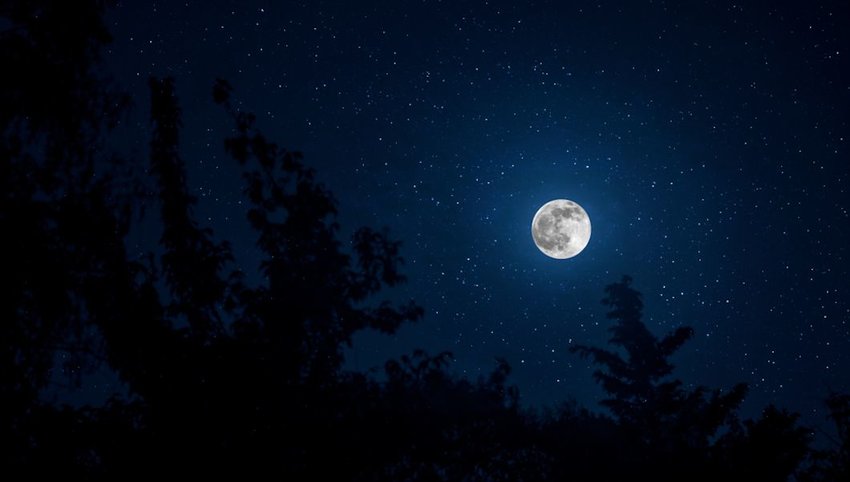You've seen a total eclipse and marveled at the blood moon, but have you ever experienced a full cold moon kiss? To answer that question, it may first be helpful to know what this lunar phenomenon is. Every month's full moon has a unique name — January's is the wolf moon and a pink moon occurs in April, for instance — with the cold moon taking place in December.
The Most Romantic Moon Positioning
This year's cold moon begins the night of Wednesday, December 11 and continues through the following morning; at the same time, Venus and Saturn will be on the same celestial longitude and appear less than 2° away from one another in the night sky — an occurrence formally known as a conjunction and but more commonly called a planetary kiss.

As tends to be the case with such events, time is of the essence. The planetary kiss actually begins the night of the tenth, but will be most visible when the cold moon rises on the night of the eleventh, with the distance between the two planets reaching 1.9°. The full cold moon will be at its brightest at exactly 9:12 PM PST, or just after midnight on the East Coast. So if you aren't a night owl, consider making an exception just this once.





